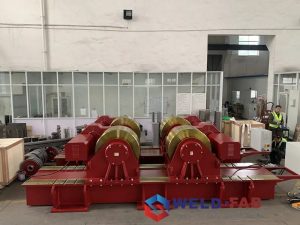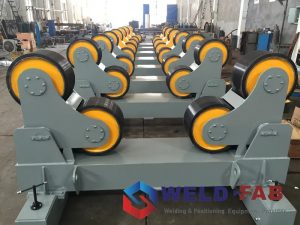The Welding Rotator Used In Wind Tower And Foundation Pipe
Wind energy is a kind of usable energy provided to mankind by the work of air flow, which belongs to renewable energy (including hydropower, bioenergy, etc.). The kinetic energy of air flow is called wind energy. The higher the air velocity, the greater the kinetic energy.
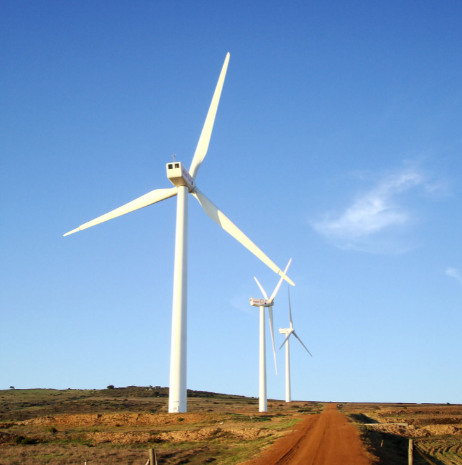
People can use a windmill to convert the kinetic energy of the wind into a rotating motion to drive a generator to generate electricity. The method is to transmit the rotational power of the rotor (composed of fan blades propelled by aerodynamic force) to the generator through the drive shaft.
The wind tower mainly use air flow to rotate the blades to capture the kinetic energy of the wind, and then convert it into useful mechanical energy or electrical energy. The blade rotor rotates by the wind, which is derived from the action of aerodynamic force (including lift and resistance) to generate rotational torque on the blade.
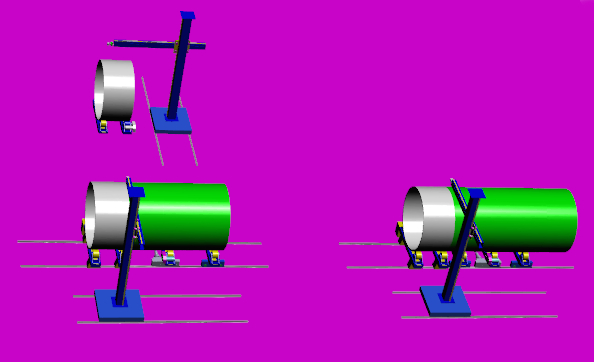
The wind tower is the tower pole of wind power generation, which mainly supports the wind power generation unit and absorbs the vibration of the unit at the same time. The wind tower is the key supporting equipment of the wind turbine, an important part of the wind turbine, and the prerequisite and guarantee for the safe operation of the whole machine. Therefore, the manufacturing technology requirements for towers are high. At present, the production process of wind power towers is generally as follows:
Cutting, using CNC cutting equipment to cut the steel plate required for the tube tower, the steel plate with a thickness greater than 16mm needs to be grooved.
The steel plate after cutting and cleaning is formed by a plate rolling machine. First, spot welding is used for positioning point welding, and after confirmation, the inner and outer longitudinal seams are welded.
Here, the welding rotator Fit-up Growing Line can be used to perform auxiliary welding on the center. Place the cylinder on the welding rotator and work with the manipulator to realize automatic welding. The operation of the roller drives the cylinder to rotate to a suitable position, which facilitates the welding of the inner and outer longitudinal seams.
After roundness check, if there is any problem, it will be rounded twice. After the single-section cylinder body is welded, the hydraulic fit-up growing line can also be used to weld the cylinder bodies to weld the inner and outer ring seams.
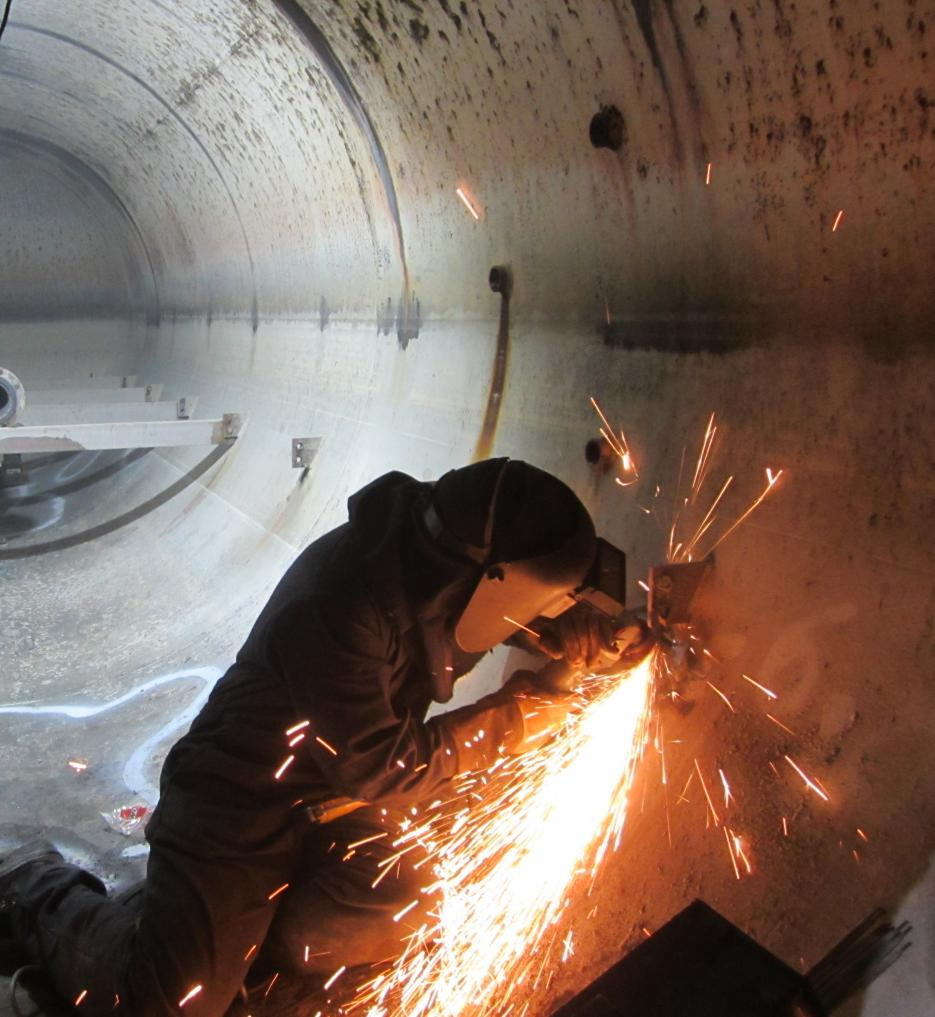
The advantage of the Fit-Up Growing Line is that it can automatically adjust the position, height and distance of the two cylinders, and the two cylinders can be automatically aligned through the operation of the hand control box, and the inner and outer circumferential seams can be welded more perfectly.
Next, check the straightness tolerance, weld the flange, perform the non-destructive inspection of the weld and check the flatness. The welding rotator is operated to drive the cylinder to rotate at a uniform speed for sandblasting and painting. Finally, the internal parts installation and finished product inspection are completed and transported to the installation site.
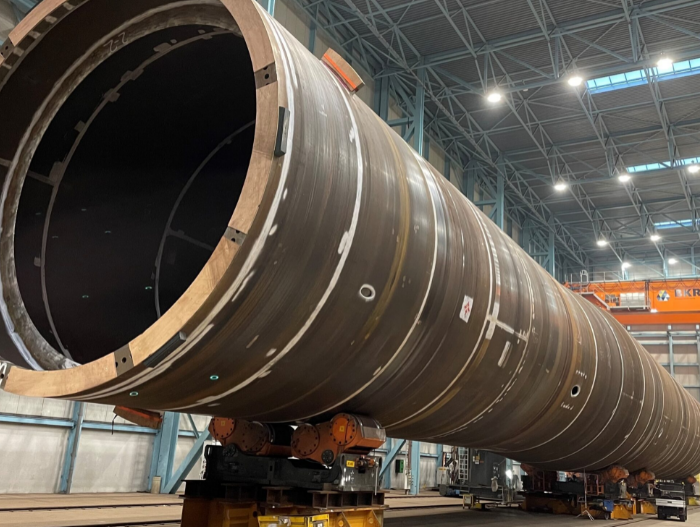
In addition to the application on wind towers, the welding rotator can also be used for foundation pipe and pipeline welding.
Foundation Pipes are devices that are connected by pipes, pipe couplings and valves to transport gases, liquids or fluids with solid particles.
Generally, the fluid is pressurized by blowers, compressors, pumps, boilers, etc., and then flows from the high pressure of the pipeline to the low pressure. It can also be transported by the fluid’s own pressure or gravity.
Foundation Pipe has a wide range of uses, mainly used in water supply, drainage, heating, gas supply, long-distance transportation of oil and natural gas, agricultural irrigation, hydraulic engineering and various industrial installations.
Pipelines are classified as follows according to different categories:
- Classified by material: metal pipes and non-metal pipes.
- According to the design pressure classification: vacuum pipeline, low pressure pipeline, high pressure pipeline, ultra high pressure pipeline.
- Classified by transportation temperature: low temperature pipeline, normal temperature pipeline, medium temperature and high temperature pipeline.
- Classified by transport medium: water supply and drainage pipes, compressed air pipes, hydrogen pipes, oxygen pipes, acetylene pipes, heat pipes, gas pipes, fuel oil pipes, highly toxic fluid pipes, toxic fluid pipes, acid-base pipes, boiler pipes, refrigeration pipelines, purified gas pipelines, and pure water pipelines.
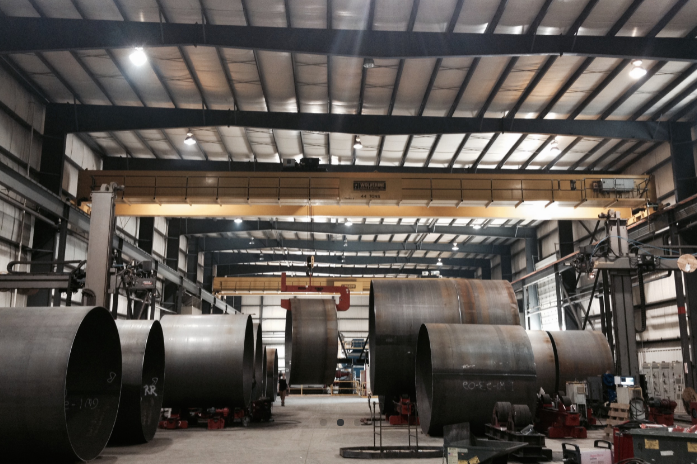
Most of the main foundation pipes for water supply, drainage, heating, and gas supply in cities and long-distance oil and gas pipelines are laid underground, while the process pipelines in factories are mostly laid on the ground for easy operation and maintenance. The passage, support, slope and drainage of the pipeline, compensation, heat preservation and heating, anti-corrosion and cleaning, identification and painting and safety, etc., are important issues for both above-ground and underground laying.
The processed pipeline can be widely used in various industries, such as transportation pipelines, engineering structures, thermal equipment, petrochemicals, machinery manufacturing, geological drilling, high-pressure equipment, etc.
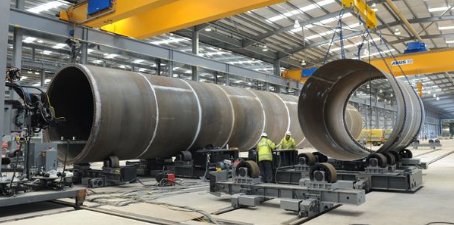
In processing and production, the welding rotator can play the most convenient role. Whether it is pipe welding, polishing or pipeline rubber lining and assembly, the welding rotator is the best partner for automated welding.
Among them, the conventional welding rotator can adjust the distance between the rollers through the holes reserved on the base, with bolt adjustment or screw adjustment. The self-aligning welding rotator can be adjusted by itself according to the size of the cylinder, just place the pipe on the roller.
The welding rotator can support pipes with different wall thicknesses, and can also be used with welding machines to weld steel plates with different thicknesses.
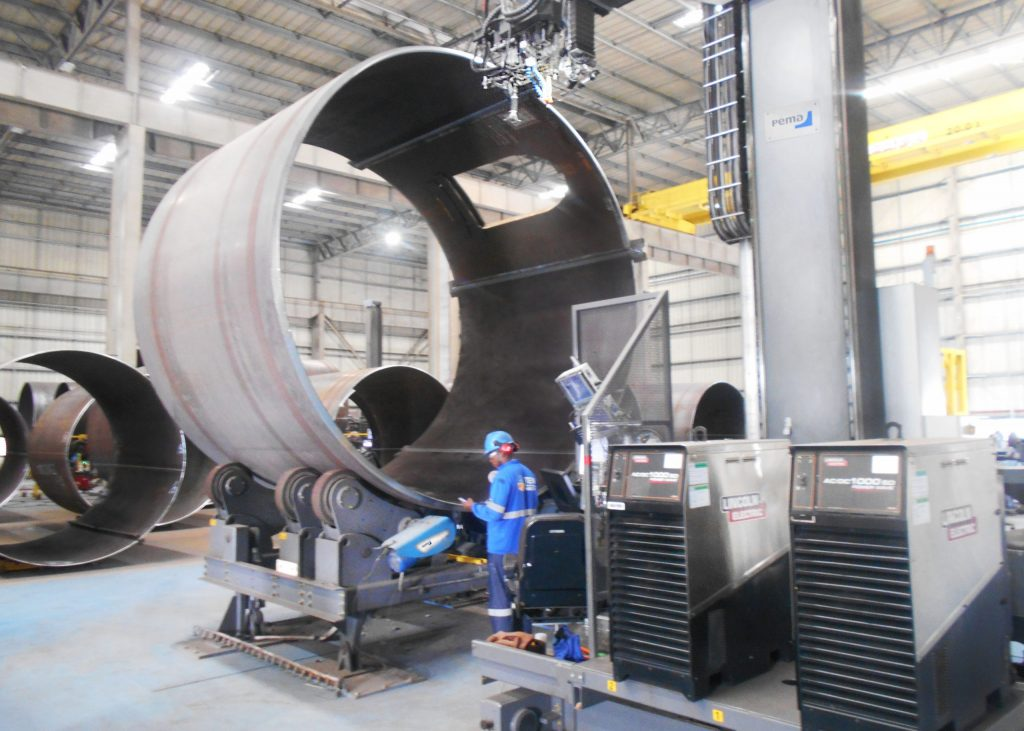
The material of the rollers can be selected from polyurethane, rubber or steel wheels.
The most commonly used are polyurethane wheels, the inner core is wrapped with steel wheels, which are wear-resistant and high-temperature resistant, and the polyurethane material does not slip when rubbed, and it can better protect the surface of the pipeline from abrasion.
The steel wheels can bear heavier load-bearing capacity, and the corresponding heavy-weight pipelines can run stably.
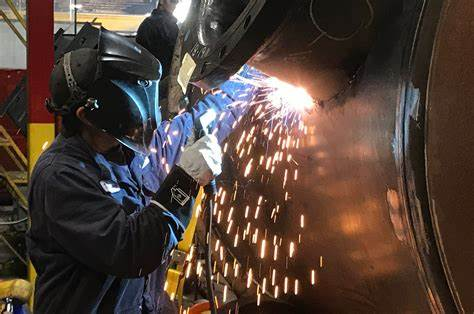
The welding rotator produced by Weld-Fab is durable and does not shake during use. The operation of the active welding rotor is synchronously driven by a speed-adjusting motor through two worm gearboxes, and a speed-adjusting controller is used to achieve stepless speed change. The mechanical transmission has low noise, the workpiece rotates smoothly, and the welding production is convenient and quick.
The Fit-Up Growing Line is commonly used in the production of wind towers and basic pipes. Automatic welding can be realized with the welding manipulator. It is applicable to inner and outer ring seams, inner ring longitudinal seams, inner flange welding, and outer flange welding. It greatly reduces the manpower operation and improves the production efficiency.

